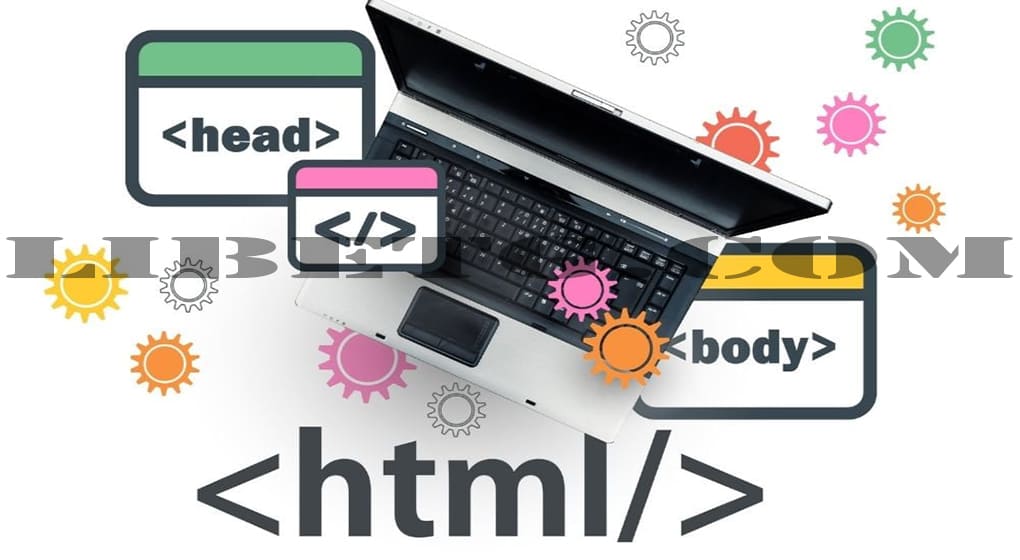Introduction
From the early days of computing to the modern web experiences we enjoy today, one element has been foundational in shaping the Internet as we know it: HTML. The history of HTML Site is a fascinating journey. Chronicling the evolution of the digital age and the way we interact with information online. In this article, we’ll trace the roots of HTML, its advancements, and its significance in web development.
HTML: The Birth of a Web Language
HTML, which stands for HyperText Markup Language, was born out of the need to structure and present content on the World Wide Web. It serves as the standard markup language for web pages, enabling the creation of text-based content with links, images, and other multimedia elements. He aimed to create a system where researchers could share and access information seamlessly across computers. This marked the beginning of a new era for online communication.
The Rapid Evolution of HTML
The initial versions of HTML were quite basic, focusing on structuring documents with headings, paragraphs, and links. HTML 2.0, introduced in 1995, brought about standardized forms, enabling user interactions on web pages. The subsequent versions, HTML 3.2 and 4.01, introduced tables, scripts, and styles, providing web developers with a plethora of tools to create more dynamic and visually appealing sites. The most transformative change came with HTML5 in 2014. It was a significant upgrade, catering to the modern web’s multimedia demands. With features like video and audio embedding, canvas drawing, and enhanced form controls, HTML5 revolutionized web design and functionality.
The Continued Relevance of Site
Today, HTML remains at the core of web development. Its open nature, easy adaptability, and continuous updates ensure that it stays relevant in a rapidly changing digital landscape. From its humble beginnings to its current status as the cornerstone of web design, HTML’s journey is a testament to the power of innovation and the ever-evolving nature of technology.
The Future of Site and Web Development
As we’ve journeyed through the past, it’s only fitting to speculate about what the future holds for HTML and the world of web development. With technology advancing at an unprecedented rate, the potential for HTML and its associated technologies is vast.
Integrating Artificial Intelligence in Web Design
Artificial Intelligence (AI) is permeating every facet of our lives, and web design is no exception. We might see HTML evolve to incorporate Artificial Intelligence driven tags or attributes. These would facilitate more personalized user experiences, with web pages adapting in real-time based on user behavior, preferences, and past interactions.
Sustainability Site and Web Efficiency
With increasing attention on the environmental impact of technology, future web development, and by extension, HTML, might prioritize energy efficiency. This could mean optimized codes that require less processing power, thereby reducing the carbon footprint of web operations.
Conclusion
In the vast realm of technological advancements, HTML stands as a testament to enduring utility and adaptability. From its inception to its future projections, HTML has, and will continue to be, an irreplaceable cornerstone of web development. Its evolution mirrors the growth of the digital age, adapting to the changing needs and advancements of the times. As we look ahead.













